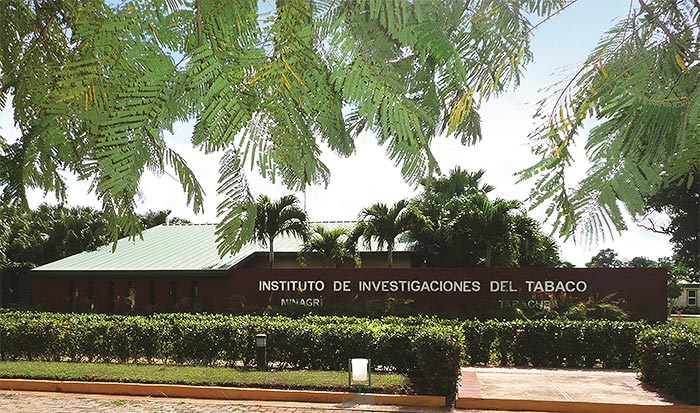The only true Cuban seed
From the 16th Century, the tobacco that grew naturally in Cuba proved good enough to earn an unparalleled reputation throughout the world.
Then, at the start of the 20th Century which ushered in a new age of botanical research, science was brought to bear on the many different seed varieties in use at the time for the growing of Tabaco Negro Cubano.
The botanists had two objectives:
- To identify the original seed’s characteristics that delivered the classic Cuban taste
- To find varieties resistant to the many diseases that plagued the farmers
And that led to the birth of a variety known as Habanensis in 1907.
Research carried on until 1937, when the first Experimental Research Station was established at San Juan y Martinez.
In 1941, an improved seed variety named Criollo was introduced, and this remains the basis of all the seeds permitted for the growing of Habano tobacco.
Soon afterwards, a variety called Corojo was developed from Criollo itself. Named after the famous plantation where it was tested, Corojo was bred specially for the growing of wrapper leaves.
Further new varieties have since been introduced to battle pests and diseases, as well as problems such as the effects of global climate change.
Today, Cuba’s tobacco regions are served by the Instituto de Investigaciones del Tabaco (Tobacco Research Institute) with its four experimental research stations, which together control all of the seeds that the farmers sow.
One of the Institute’s recent achievements has been to further improve the ecological growth of the plants, which is unique in the world of tobacco.
The decades-old quest continues to preserve and perfect the essence of the only true Cuban seed – Tabaco Negro Cubano.
Source: Habanos
Earlier articles:
Nothing lesser than the best leaf for a Habano
Too wet, too dry, infestation issues
The ritual of cutting, lighting and smoking a Habano
The leaves that clothe the body
Cohiba: Fidel Castro’s all-time favourite cigar


